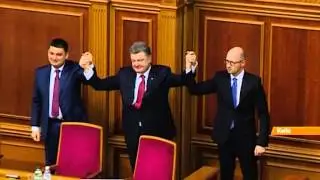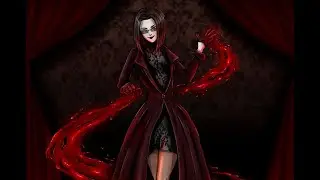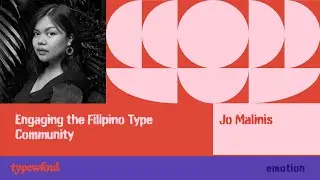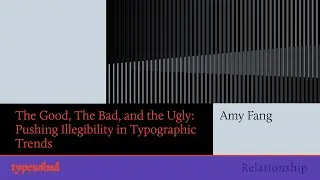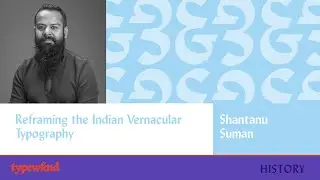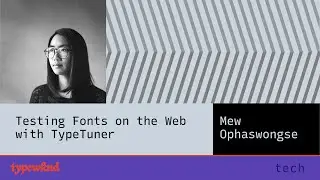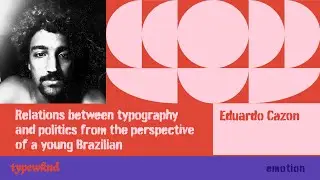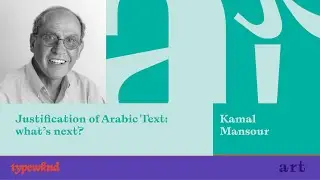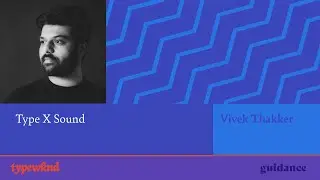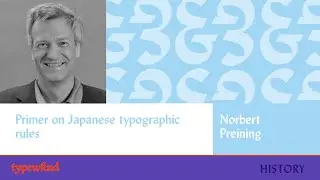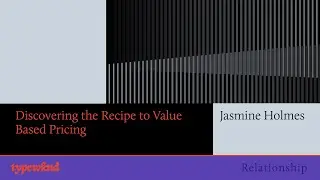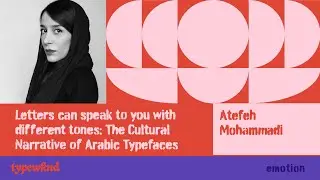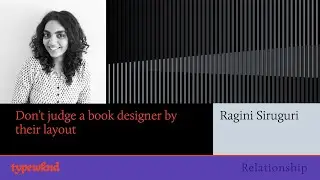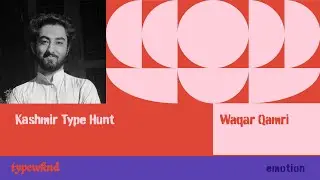Beyond expectations: Unconventional & conventional type design
What meaningful differences are there between ‘conventional’ and ‘unconventional’ type design? What did the boundaries of convention look like in the past, how and why have they changed, and what will they look like in the future? What does it mean to defend, criticize, or disregard them?
Marta Bernstein, Paul McNeil, Laura Meseguer, Hamish Muir, and Ellmer Stefan will discuss the most interesting work being done in speculative, experimental, subversive, and otherwise innovative or challenging type design, and its relationship to more traditional design genres and practices.
The panel will consider how different methods and technologies of production, distribution, and application inform our understanding of conventional boundaries—and vice versa—and whether qualities associated more closely with work on one side of them—like rigorous research, technological sophistication, cultural sensitivity, historical sensibility, playfulness, or critical awareness—are present in work on the other side too.
Finally, the panelists will reflect on convention and diversity: are unconventional type designs a sign of an inclusive field, or are they more open to some designers than to others? When does distinguishing between conventional and unconventional help us better understand different approaches to type design, and when does it privilege or marginalize them? (Moderator: Maurice Meilleur)
-----
Marta Bernstein is an independent educator and senior designer at Studio Matthews in Seattle. Type and typography are her true passions and the common threads of all her projects. She has a soft spot for 19th Century type, a topic she has been researching for more than ten years.
Marta collaborates with international companies, several start-ups and public institutions. She has a decade long experience in developing identities across various media, and designing wayfinding and EGD systems.
-----
Paul McNeil is a typographic designer, educator and author. He was Course Leader of the MA Contemporary Typographic Media at the London College of Communication from 2010–15. Seven years in the making, *The Visual History of Type*, McNeil’s exhaustive survey of type design from 1450–2015, was published in 2017.
MuirMcNeil: Founded in 2009 by Paul McNeil and Hamish Muir, the studio's activities are focussed on exploring systematic and algorithmic methods in type design, graphic design and moving image.
-----
Laura Meseguer is a freelance designer, typographer and type designer based in Barcelona, where she was born in 1968.
Her activity is developed in the field of commercial work and personal projects. She specializes in any kind of project based on typography, from lettering for monograms and logotypes to custom typefaces and book design. In 1992 she joined the Type-Ø-Tones, which to this day is still her own foundry, from which she publishes and promotes all her typefaces.
-----
Hamish Muir was co-founder of the London-based graphic design studio 8vo (1985–2001), and co-editor of Octavo, journal of typography (1986–92). He was a part-time tutor at the London College of Communication from 2001–2019, and has delivered workshops and short courses at Fortuny Graphic Venice, Basel School of Design, Porto Design Summer School, ESAD Porto, National College of Art and Design Dublin, Staatliche Akademie der Bildenden Künste Stuttgart, Institutt for design Universitetet i Bergen.
-----
Ellmer Stefan (1982, Austria) is a type designer and lecturer based in Oslo, Norway. He runs an independent practices combining custom type design, historical research, teaching and self-initiated projects in the field of writing, lettering and type (thepytefoundry.net, non-alphabets.no).
-----
Maurice Meilleur is a recovering political theorist turned graphic designer and design researcher and writer. He’s an assistant professor of graphic design at Iowa State University in Ames, Iowa, where he teaches and studies typography, generative design, semiotics, and design ethics. Maurice has contributed numerous type and book reviews to Typographica and Fonts in Use, he’s writing a book on the principles and methods of constructed scripts, and he’s presented his research at or for ATypI, TypeCon, the Cooper Union, and the Letterform Archive.
